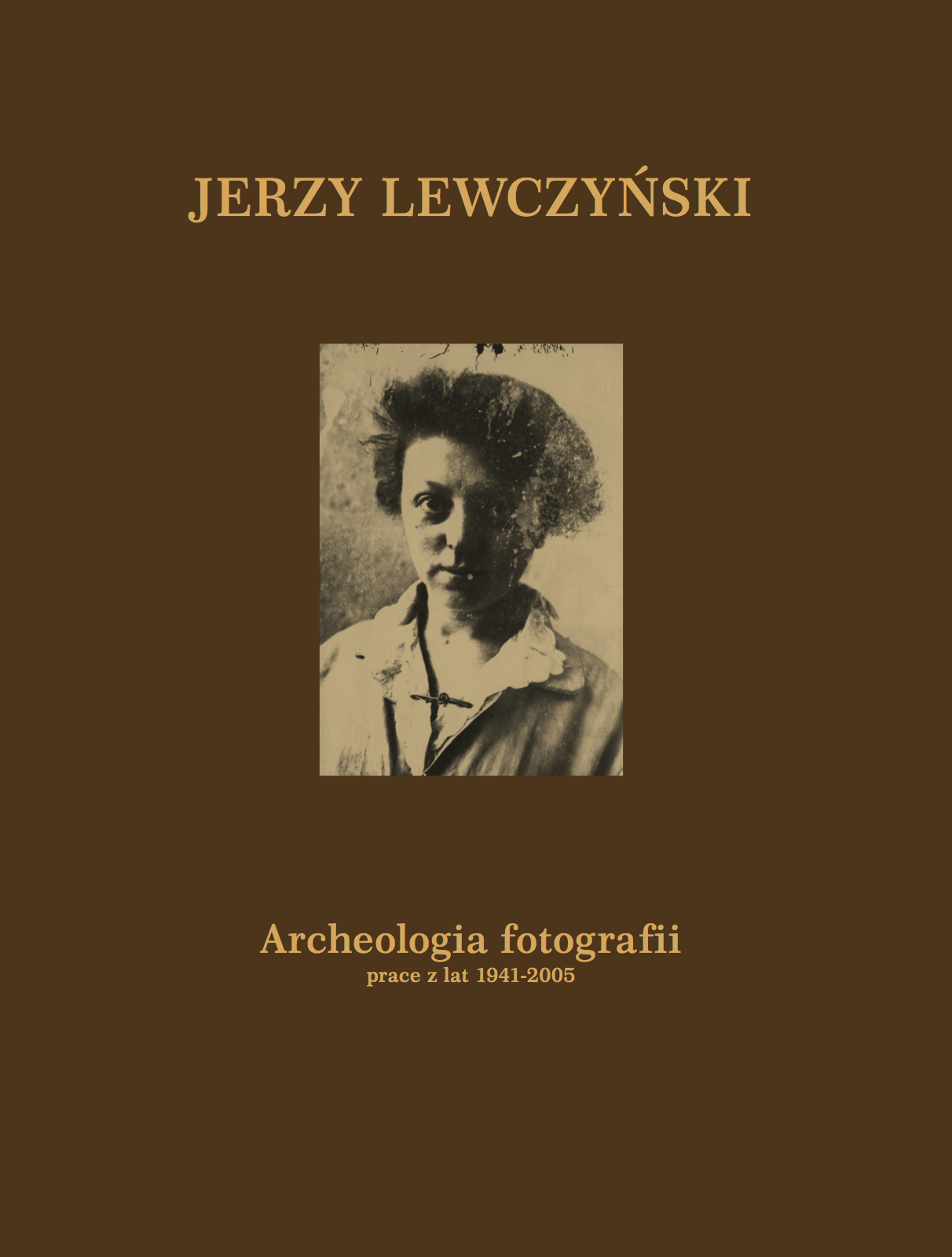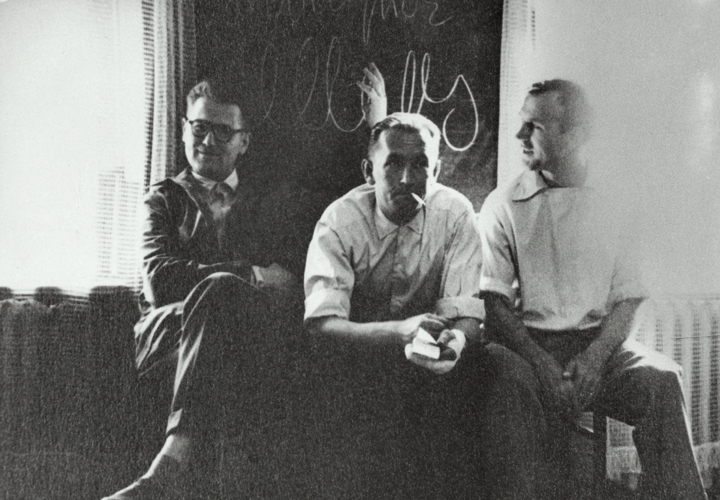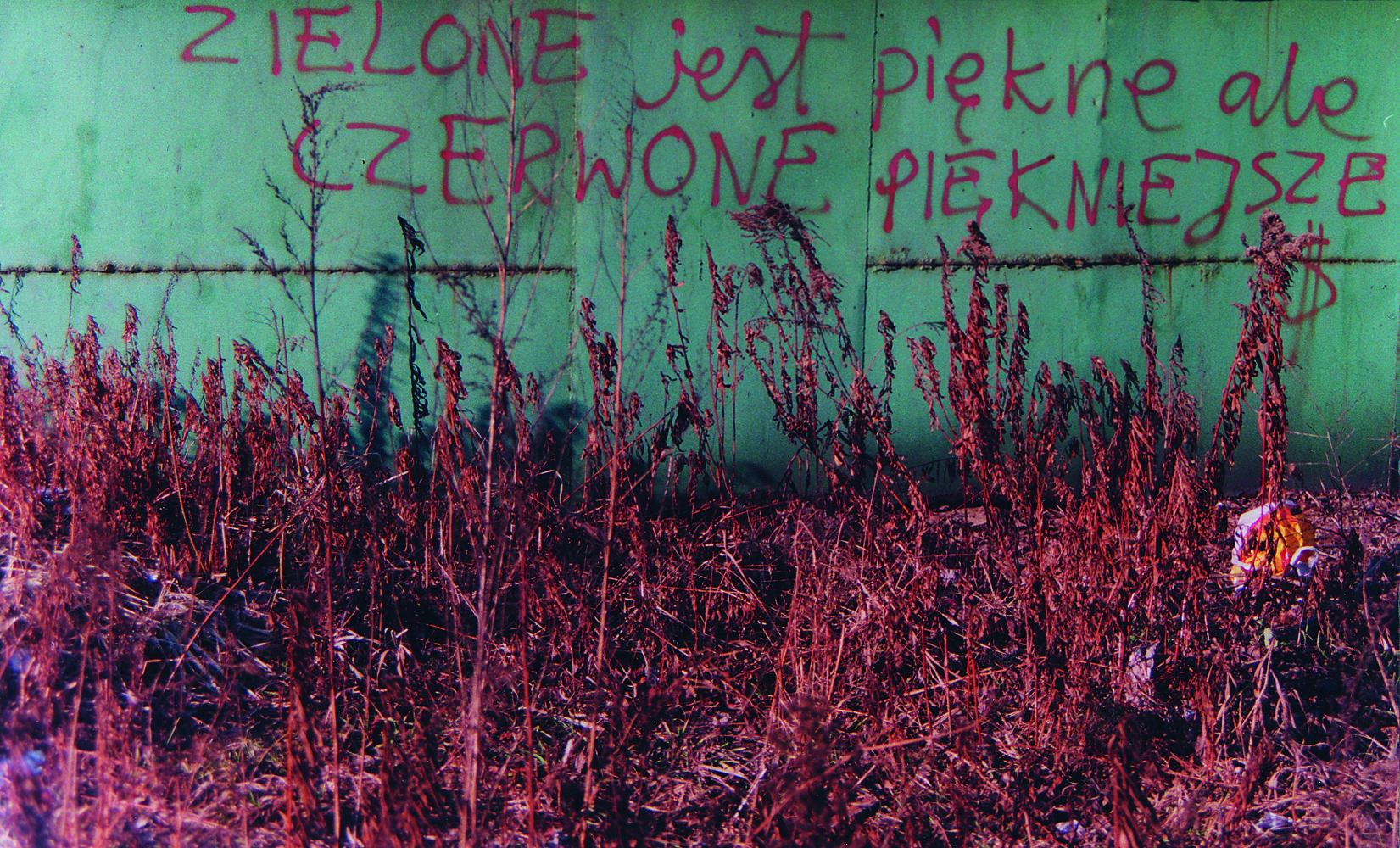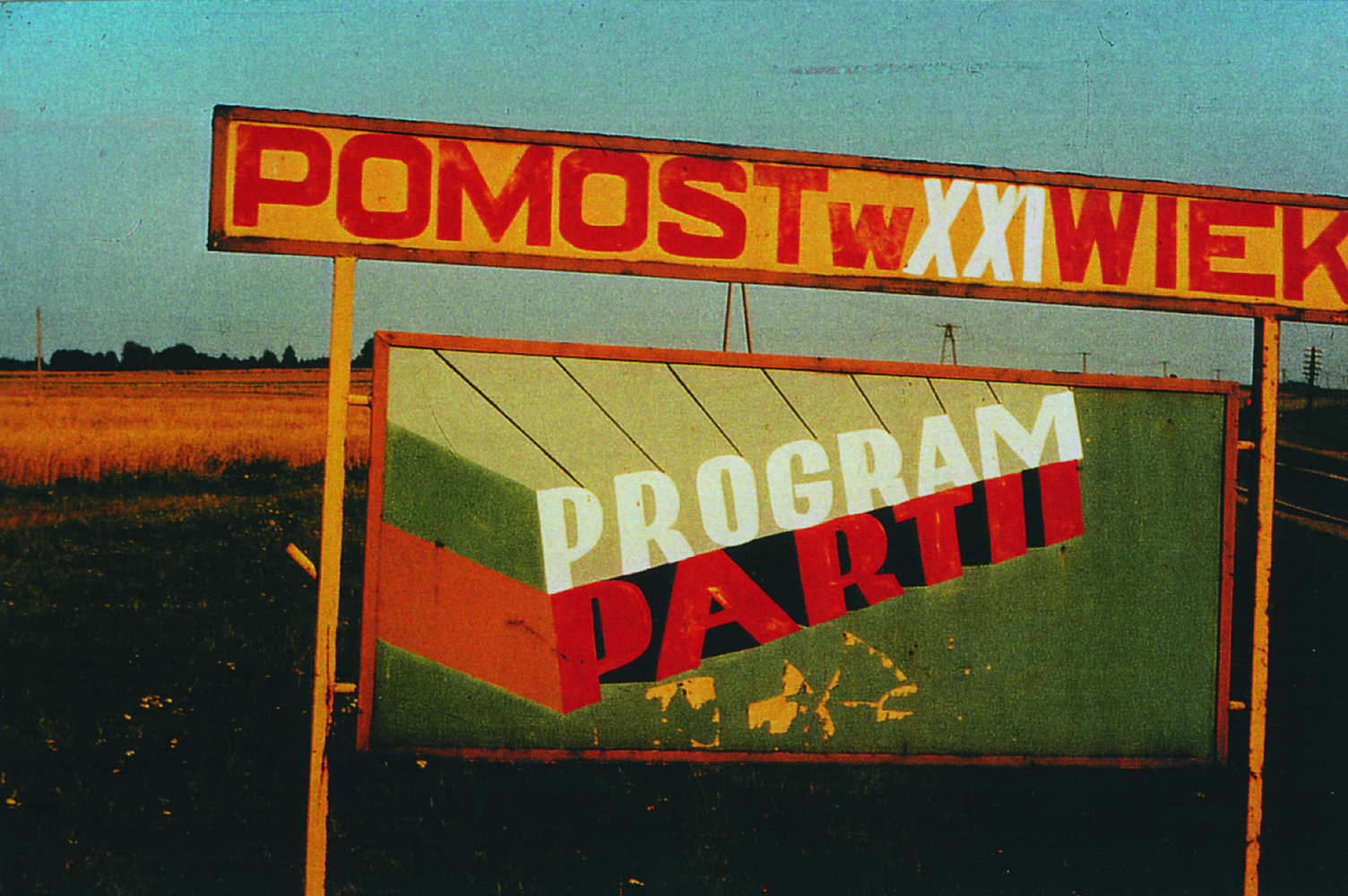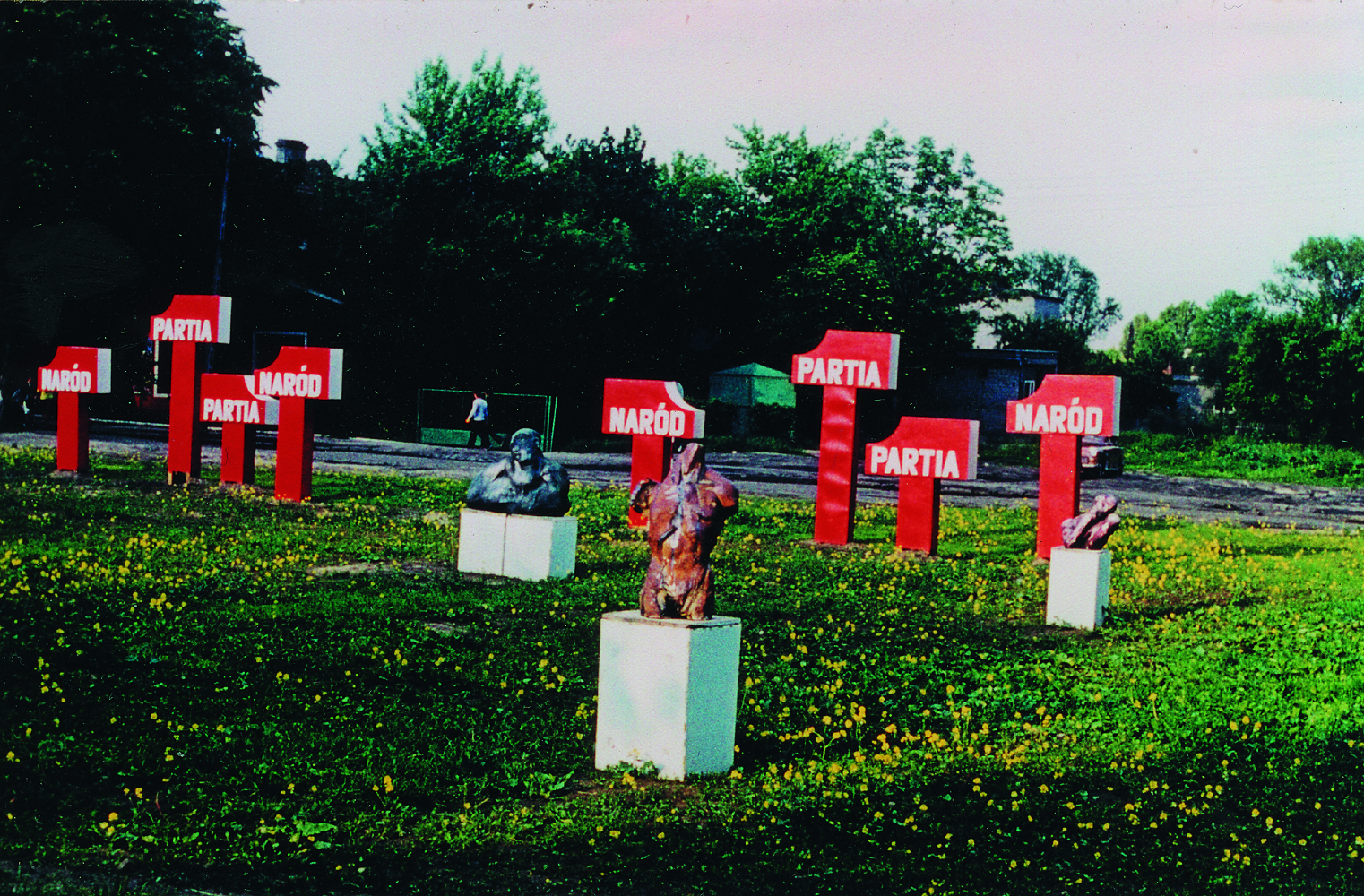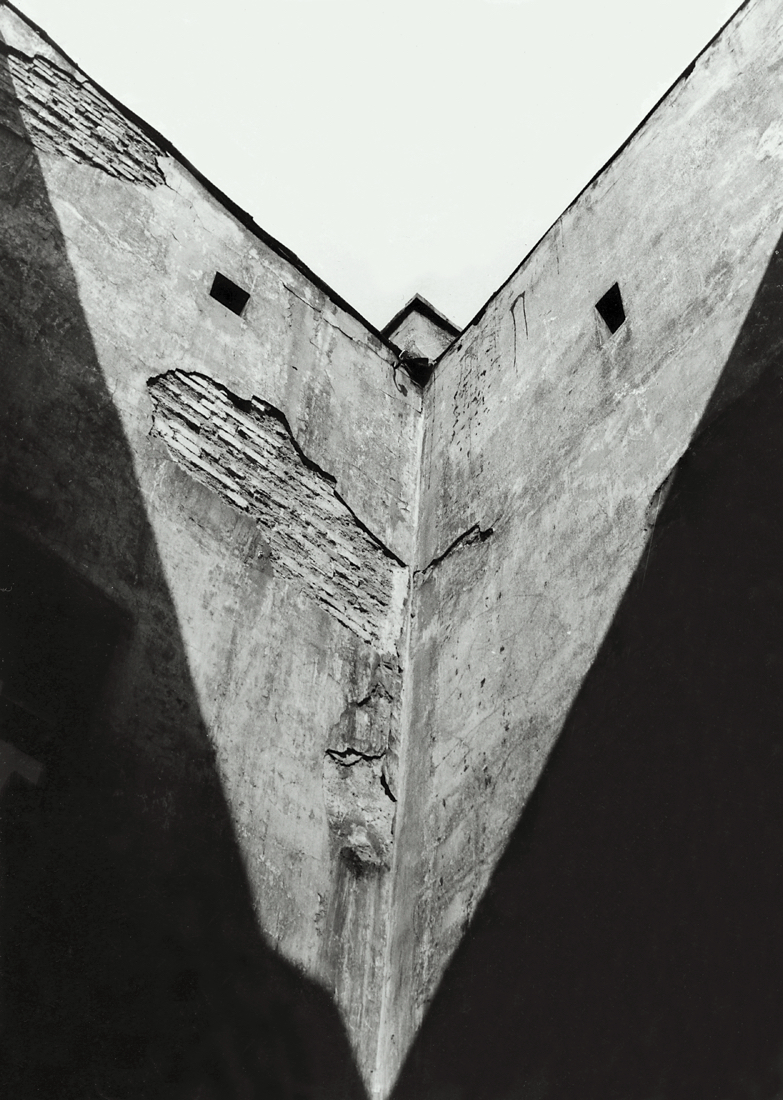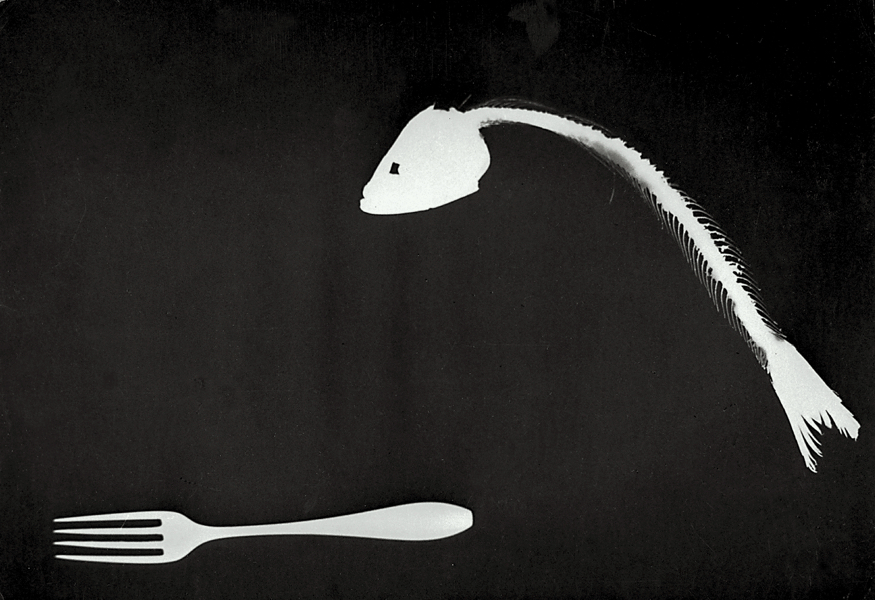Description
I call the archaeology of photography an activity aimed at discovering, studying and commenting on events, facts, situations happening in the past in the so-called photographic past. Through photography, the continuity of visual contact with the past creates opportunities to extend the influence of cultural and creative layers to today. This transmission through time is an essential motive for various photographic discoveries. Perhaps all contemporary audio-visual activities are a preliminary phase of the future apprehension of life in time and form!
The impossibility of knowing the Unknown compels us to get closer or further to the truth. This pulsation is the essence of many archaeological studies and the rhythm resembles a breath or a heartbeat. It is also the goal of the archaeology of photography to search for witnesses of past events! Such a witness in photography is light, Light that was the impetus of the technological processes of capturing reality and that carved into the negative a former common presence! Thus, the negative is a trace of "that" light and is an authentic witness to past events. This looking at the light left in the negative can be the subject of fascinating discoveries leading to the unraveling of the mystery of the sculpture of the negative!
Discovery: the Orthodox cemetery in Sosnowiec. A monument depicting a woman in a long dress walking away into the past and closing a door behind her. I photograph the monument repeatedly trying to guess the meaning of the mystery locked in the sculpture. It is only 20 years later that I discover the past. The woman was the wife of the Prussian director of the "Catherine" steelworks, Branderberg. She was born in Yalta to a Russian aristocrat. During the First World War, she was arrested for helping the first Russian prisoners of war and died of a heart attack. Her husband orders a memorial in Dresden. A few years later, she diese during the revolutionary riots in Sosnowiec. These snippets from the past are just close-ups. Photographs of a woman in Caucasian national dress and another showing her full figure in a long flowing gown.
Photography has contributed to unveiling the past here!
Jerzy Lewczynski, Archaeology of Photography, May 1979
Jerzy Lewczynski (1924-2014) - one of the most important Polish photographers, as well as a publicist and animator of photographic life. He lived and worked in Gliwice. In the 1950s, together with Zdzislaw Beksinski and Bronislaw Schlabs, he formed an informal artistic group of young photographers who opposed socialist realism, dominant in Poland at the time, preparing the famous exhibition "Antiphotography", where they presented a completely different photography, avant-garde. Lewczynski developed an original authorial concept of the archeology of photography, to which he remained faithful until the end of his life. He is also the author of "Anthology of Polish Photography." The book "Archeology of Photography" was a catalog of Lewczynski's retrospective exhibition, which was prepared by the Museum of Art in Lodz, the National Museum in Wroclaw, the Arsenal City Gallery in Poznan, the Art Exhibition Office in Katowice, the Empty Gallery in Katowice, the Museum of the History of Photography in Krakow and the City Government of Gliwice.


